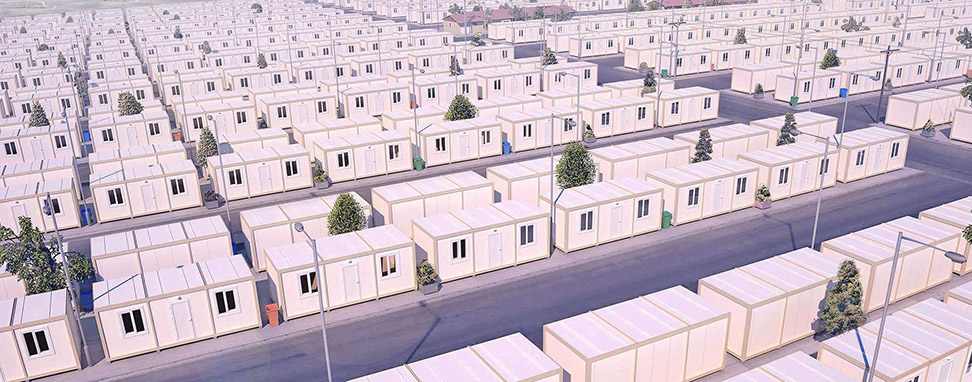While there are many benefits to using these remote workforce accommodations, they’re not right for every project. For example, if you have a small crew and need to house them close to the worksite, then you may be better off renting hotel rooms instead of paying for man camp lodgings. Also, man camps often come with a lot of strict rules that don’t always make for the most comfortable working environment.

Regardless of your crew’s size, the key to ensuring that they are happy is finding a housing solution that works for everyone. The best way to do this is by taking a proactive approach to your construction camp planning. This means identifying the best location for your site camp and taking the time to plan its layout.
With the right approach, you can eliminate or mitigate many potential problems before they even arise. To start, you should consider the number of people that you will need to accommodate in your construction camp. This will determine how many sheltered eating areas, change rooms and ablution facilities you will need to provide. It will also influence the footprint size of your site camp and its proximity to the worksite.
Once you know how many people you will need to accommodate, it’s time to look at different construction site camp options. Traditionally built camp structures require more material and labor to build, and they are usually permanent. This can make them a costly option for construction companies looking to keep their workforce close to the worksite. Modular construction is a more cost-effective and flexible option for building a site camp.
One of the biggest advantages of using modular construction for your construction site camp is that it can be assembled and disassembled in a shorter period of time than traditional construction methods. Additionally, modular buildings are much less expensive to ship and assemble than traditional constructions.








